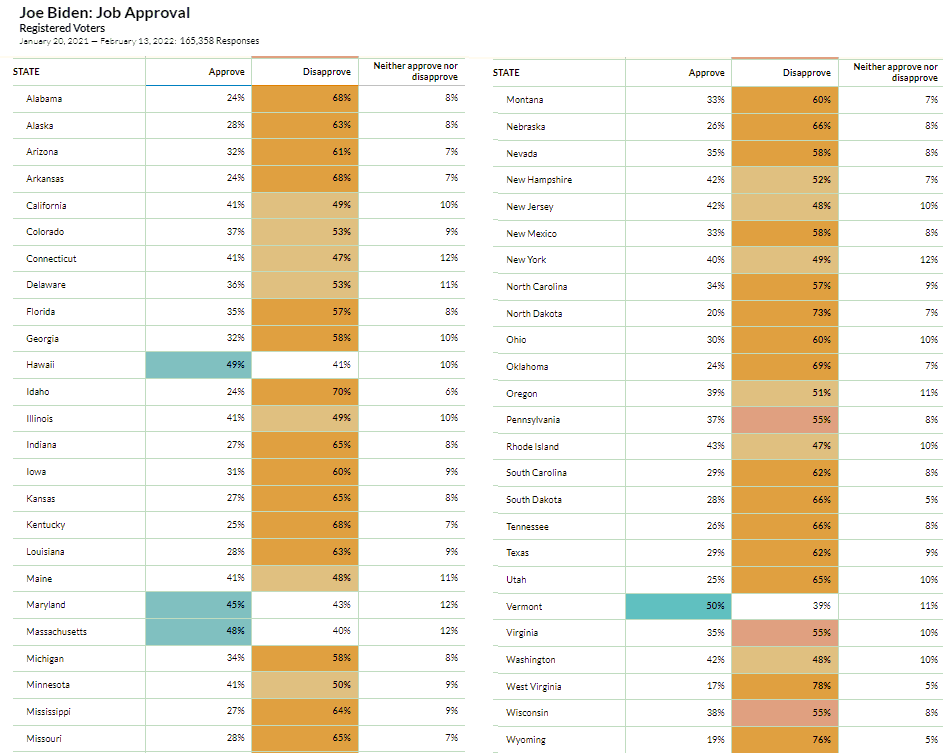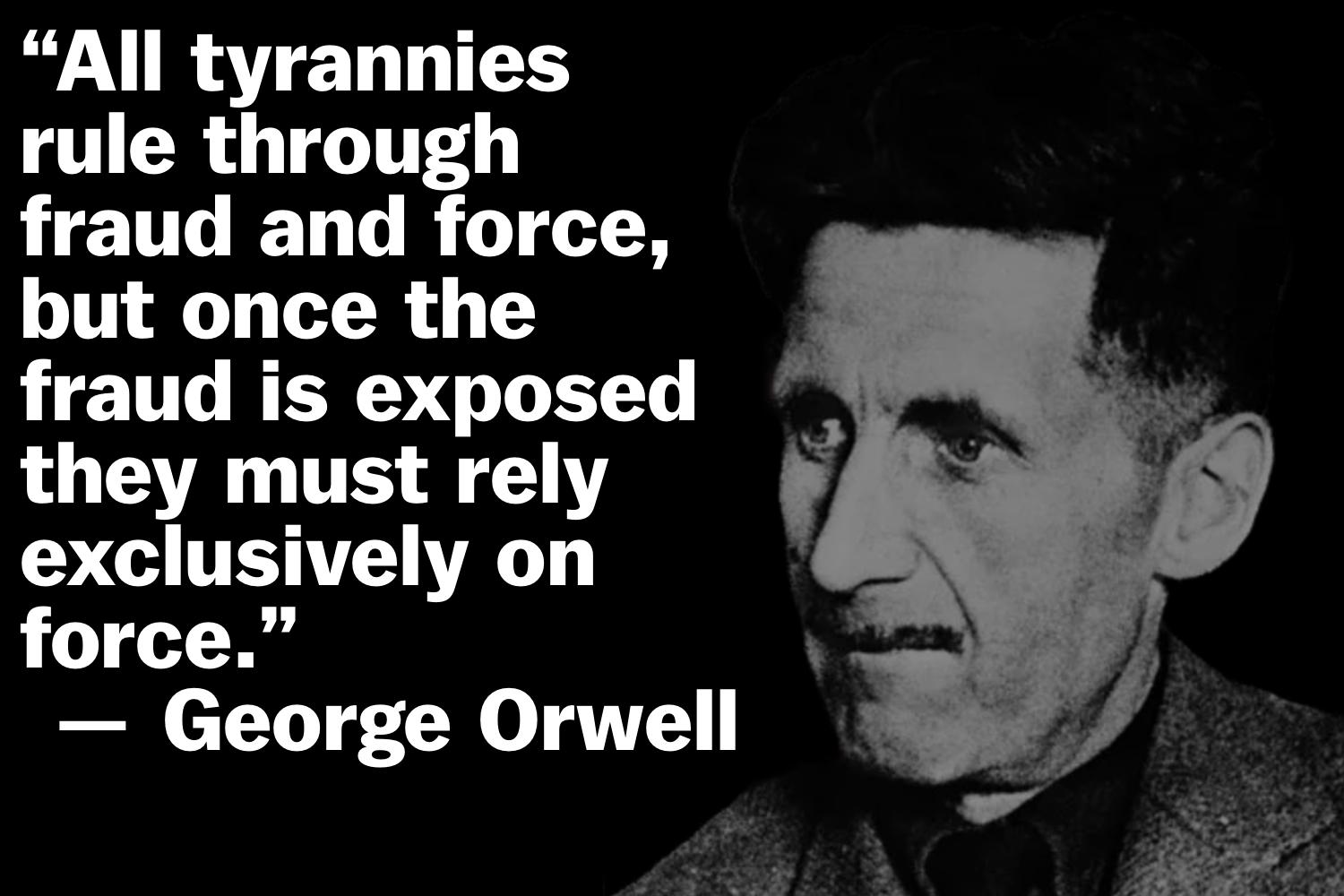“…The reason why K. and so many other people in Texas and across the country are buying generators is obvious: the reliability of the electric grid is declining. According to data from the Department of Energy, between 2000 and 2020, the number of what the agency calls “major electric disturbances and unusual occurrences” (read: blackouts) on the U.S. electric grid jumped about 13-fold…
And
…The question that must be addressed is this: why is the grid becoming less reliable? While some recent news stories are pinning the blame on climate change, the reality is that bad policy and grid mismanagement are fragilizing our most important energy network. Over the past two decades, our grid has been fragilized by three things: the headlong rush to add weather-dependent renewables like wind and solar, the closure of coal and nuclear plants which provide baseload power and help keep the grid stable, and mismanagement of the country’s bulk power system by regional transmission organizations like ERCOT in Texas and CAISO in California, which do not provide the incentives needed to assure reliability and resilience.
Of course, climate activists and renewable promoters are loath to admit that wind and solar are undermining our grid. But last August, the North American Electric Reliability Corporation, a non-profit trade group, issued a report which identified “changing resource mix” as the most urgent challenge facing the reliability of the US grid. The report says America’s electric generation capacity “is increasingly characterized as one that is sensitive to extreme, widespread, and long duration temperatures as well as wind and solar droughts.” Generac agrees. In a recent investor presentation, the company said the key reasons for declining reliability are an “aging and under-invested electrical grid” and “increasing use of renewables leading to variability of supply and grid instability.”…”





